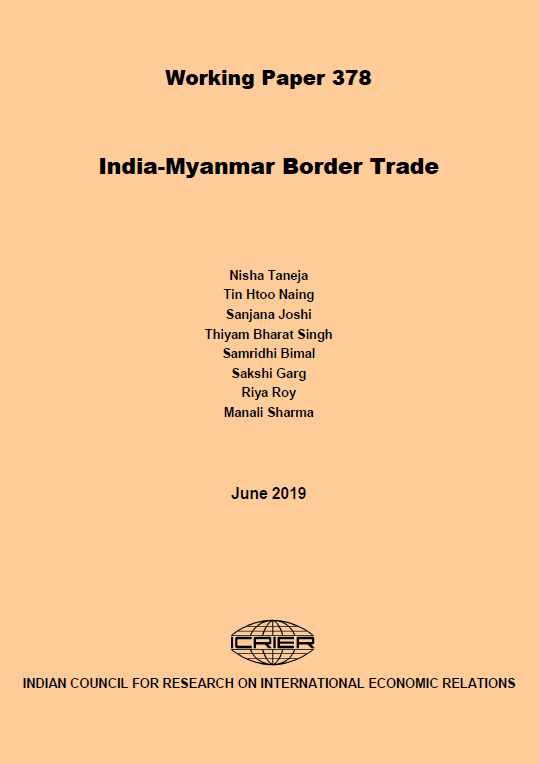
As India seeks to strengthen trade, investment and other forms of economic cooperation with ASEAN, Myanmar is an essential strategic partner, since it is the only ASEAN nation with which India shares both land and maritime borders. As a ‘gateway’ to South East Asia,
Myanmar is also vital in terms of economic development for India’s North East Region (NER). India shares a 1643 km long border in four north-eastern states – Arunachal Pradesh, Nagaland, Manipur, and Mizoram – with Myanmar and this geographical proximity provides
opportunity for the hitherto economically isolated northeast states of India to link to economic opportunities and markets in the east, building on their strong historical sociocultural and economic linkages with Myanmar. To this end, India’s Act East Policy is increasingly being projected as the new economic development strategy for India’s NER envisaging deeper economic integration of the region with South East Asia.
Notwithstanding the advantages, for long, India-Myanmar border trade has been quite lo primarily due to a restrictive border-trade policy framework wherein trade was permitted only in a limited number of locally produced items through barter. In December 2015 two
important policy changes were introduced by India – shift from “Barter Trade to Normal Trade” and shift from “Border Trade to Normal Trade”.
This study examines the effectiveness of the new trade policy measures adopted by India with regard to bilateral trade with Myanmar across the land border and highlights the challenges faced by traders in shifting to normal trade. The key finding of the study is that there has been a substantial increase in informal trade and formal bilateral trade between India and Myanmar has become almost negligible in the last two years. The paper concludes with policy recommendations to address the impediments to formal trade across the land border with Myanmar and suggests measures that could facilitate the formalization of the rampant informal trade.





